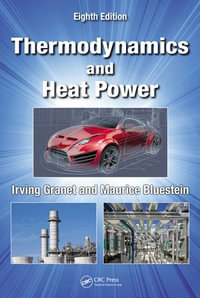
eTEXT
The Mass Retrofitting of an Energy Efficient—Low Carbon Zone
By: Mark Deakin, Fiona Campbell, Alasdair Reid, Joel Orsinger
eText | 29 December 2014
At a Glance
eText
$84.99
or
Instant online reading in your Booktopia eTextbook Library *
Read online on
Desktop
Tablet
Mobile
Not downloadable to your eReader or an app
Why choose an eTextbook?
Instant Access *
Purchase and read your book immediately
Read Aloud
Listen and follow along as Bookshelf reads to you
Study Tools
Built-in study tools like highlights and more
* eTextbooks are not downloadable to your eReader or an app and can be accessed via web browsers only. You must be connected to the internet and have no technical issues with your device or browser that could prevent the eTextbook from operating.
ISBN: 9781447166214
ISBN-10: 1447166213
Series: SpringerBriefs in Energy
Published: 29th December 2014
Format: ePUB
Language: English
Audience: General Adult
Publisher: Springer Nature
Country of Publication: US
You Can Find This eBook In
This product is categorised by
- Non-FictionSociology & AnthropologySociology
- Non-FictionEngineering & TechnologyCivil EngineeringBuilding Construction & MaterialsHeating
- Non-FictionEngineering & TechnologyEnvironmental Science
- Non-FictionIndustry & Industrial StudiesEnergy Industries & Utilities
- Non-FictionEngineering & TechnologyEnergy Technology & EngineeringAlternative & Renewable Energy Sources & Technology
- Non-FictionEarth Sciences, Geography, Environment, PlanningThe EnvironmentSustainability
- Non-FictionEconomicsDevelopment Economics & Emerging Economies
- Non-FictionSciencePhysics























